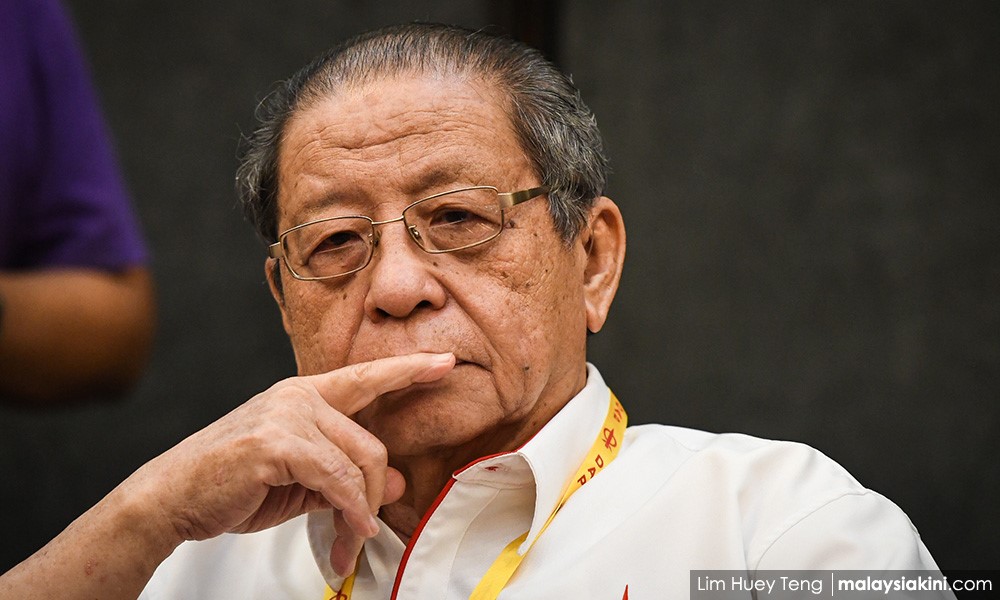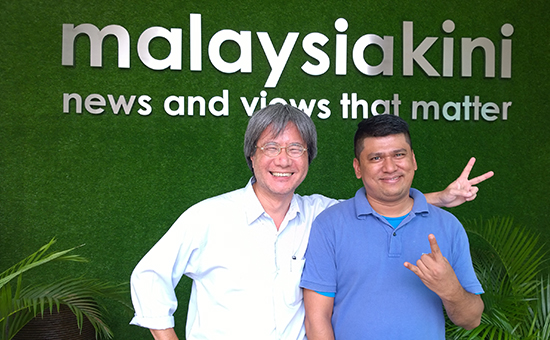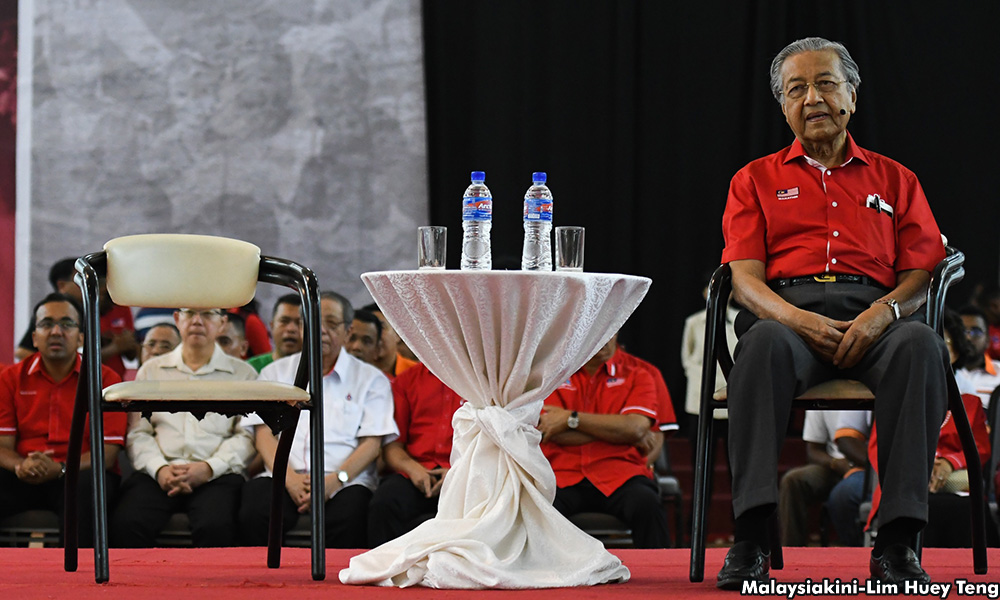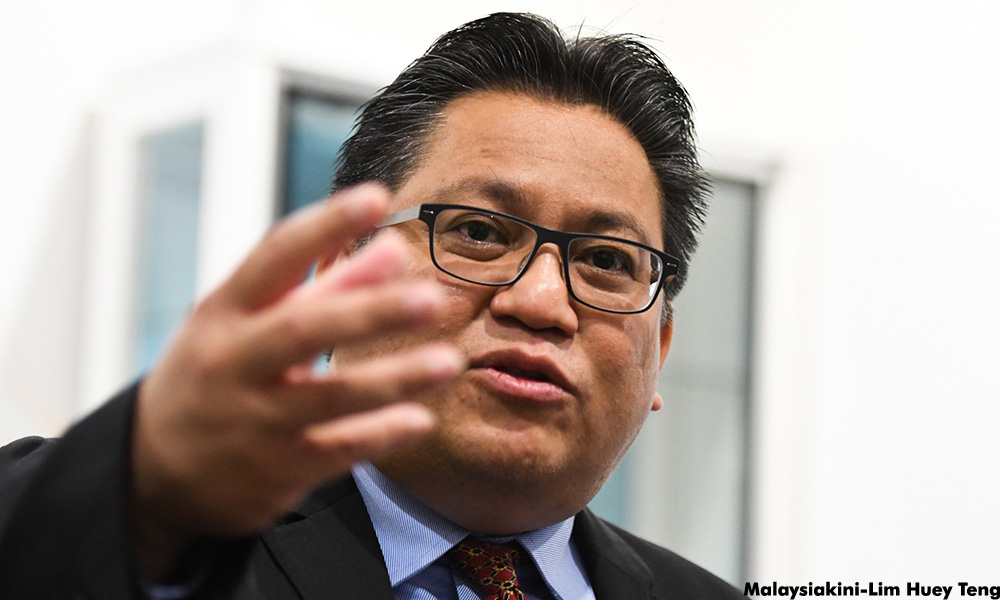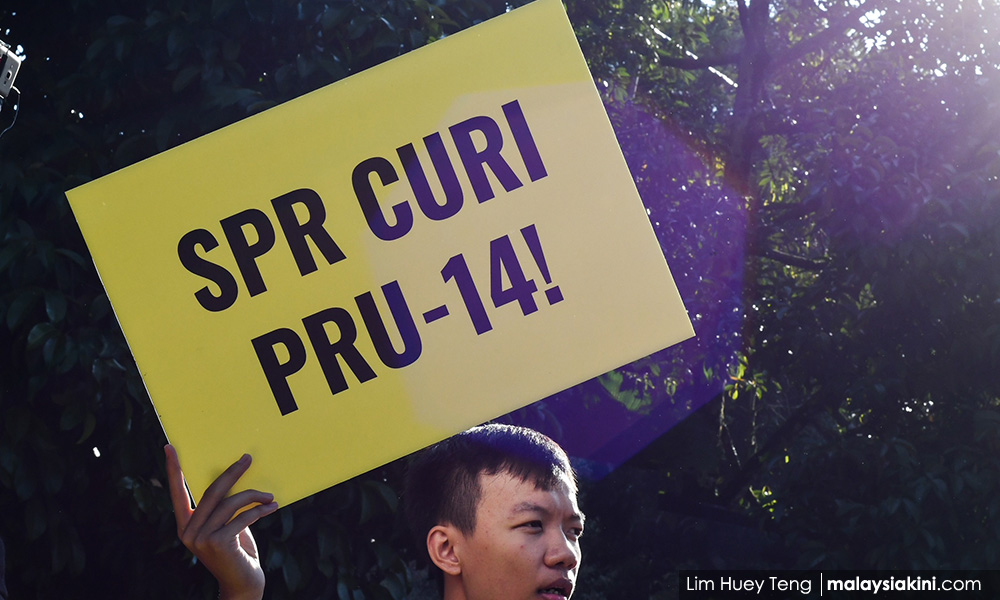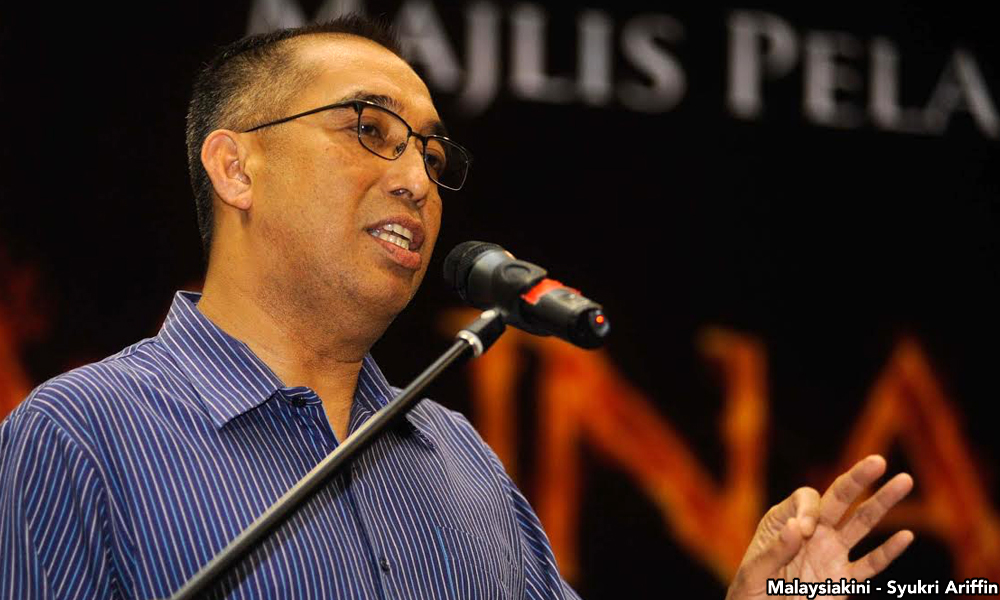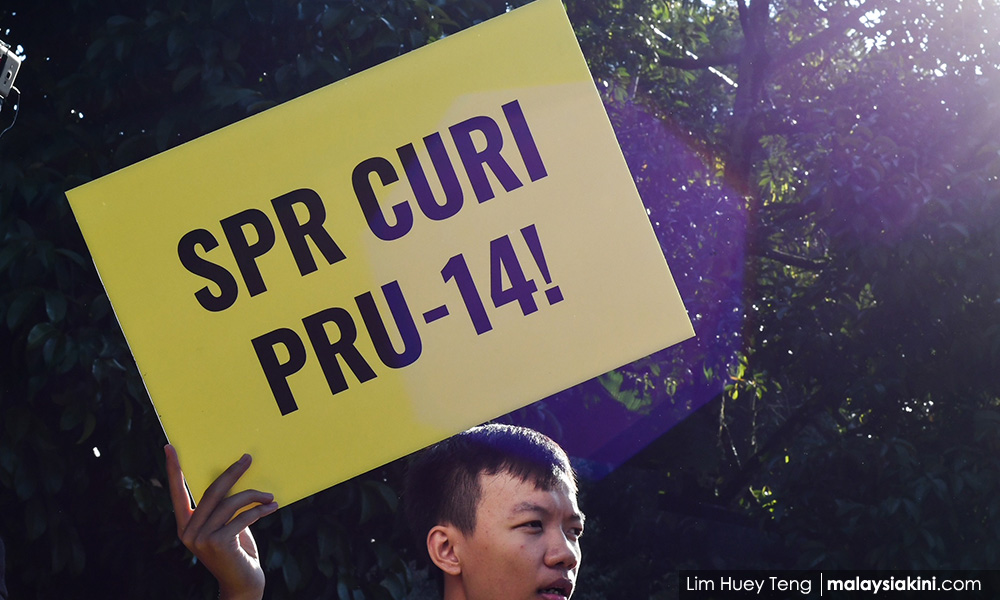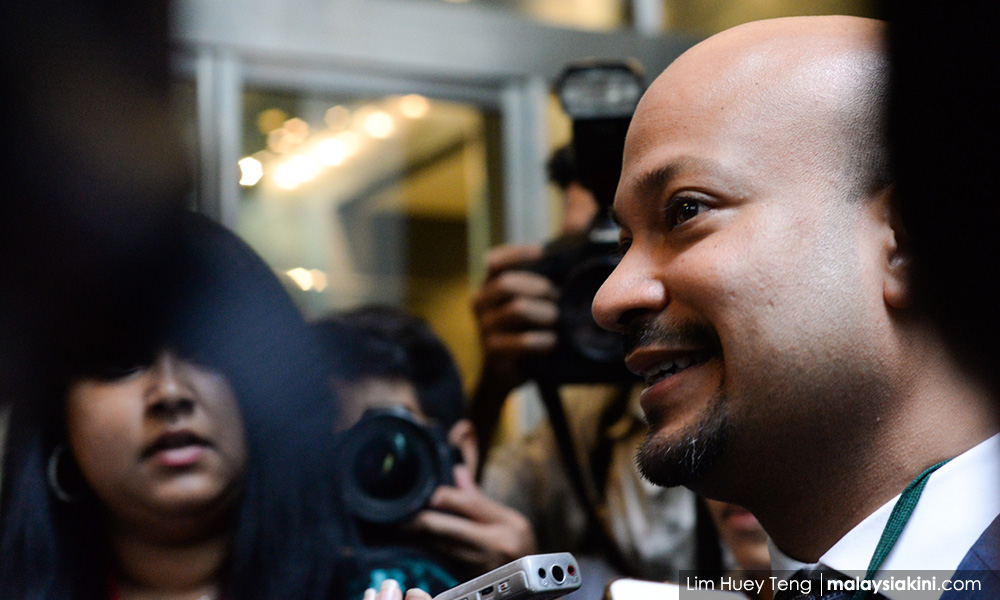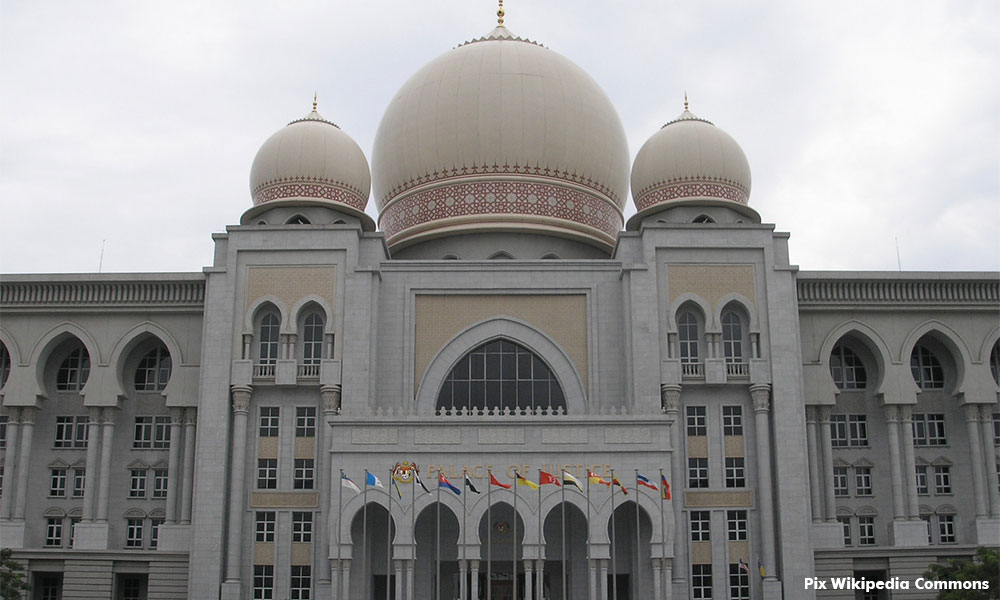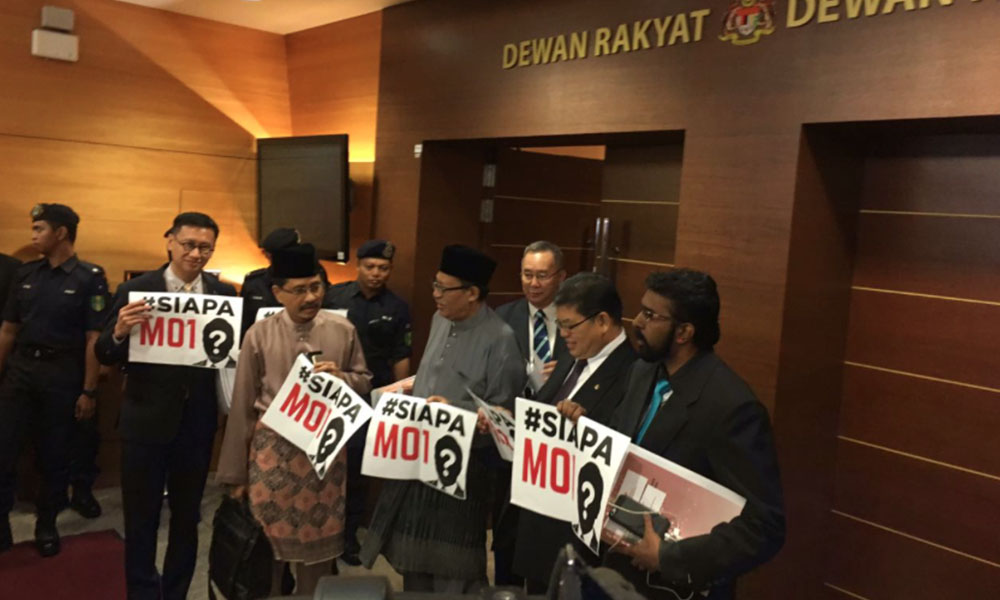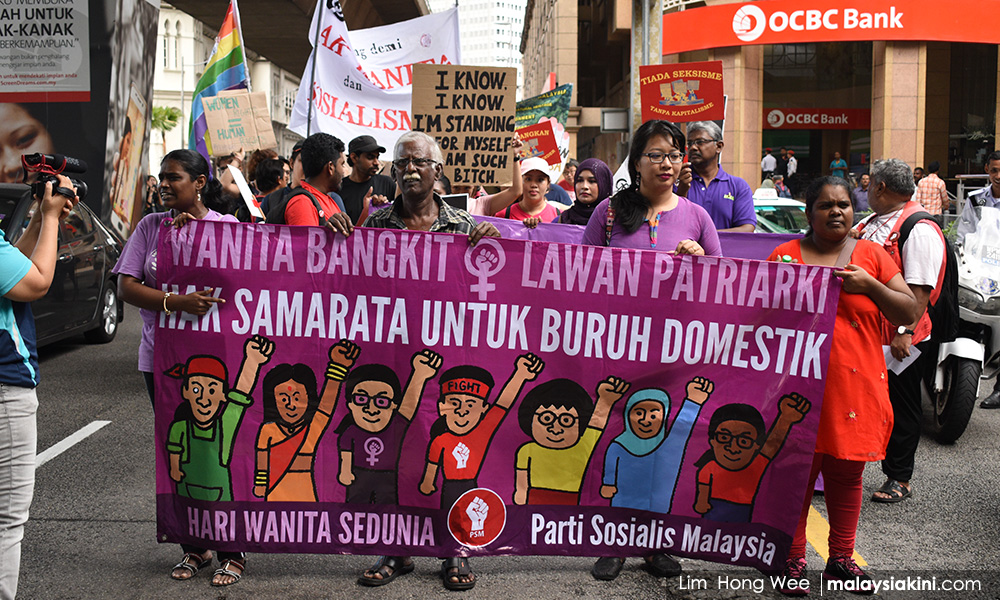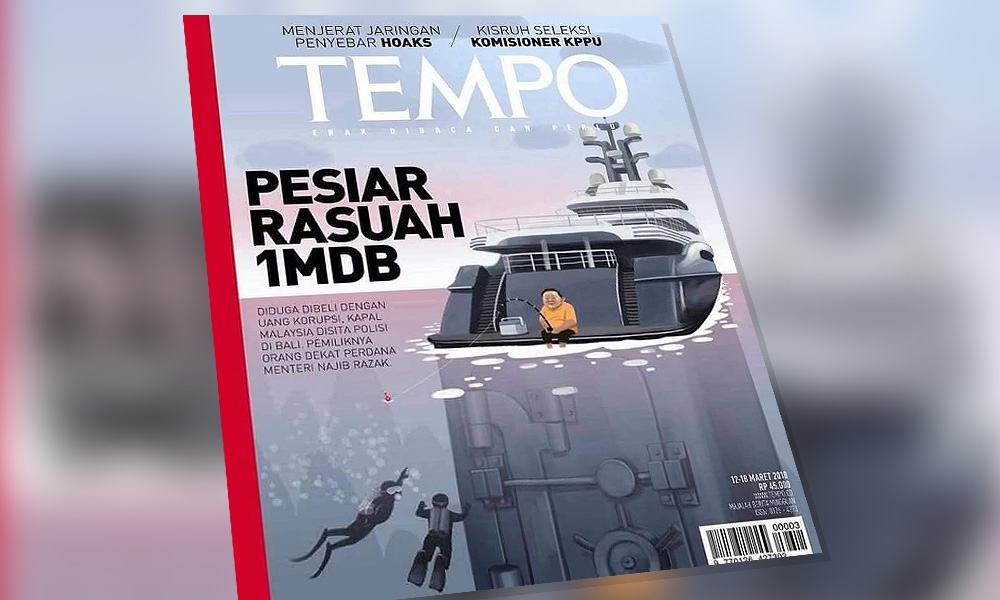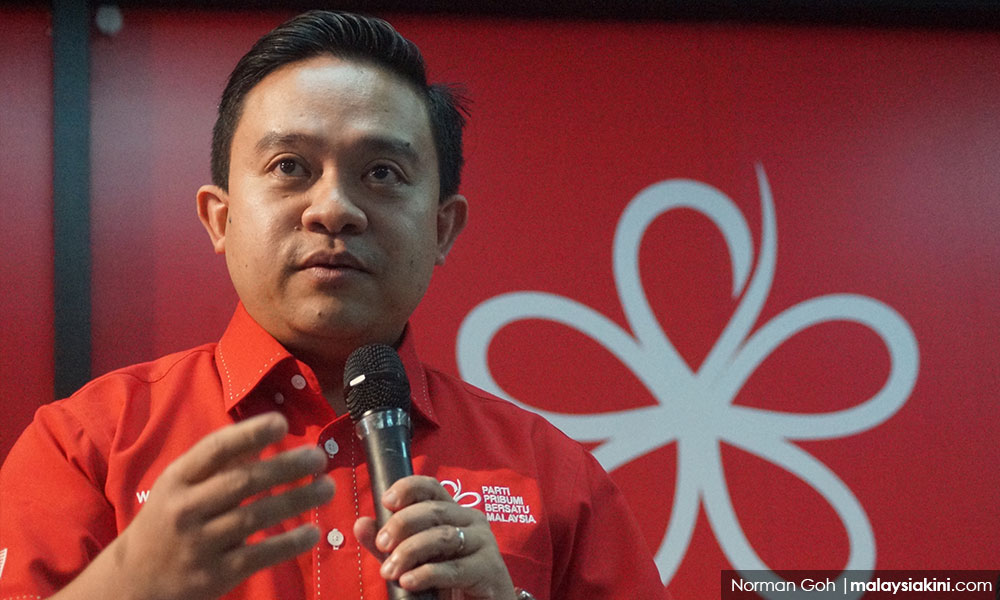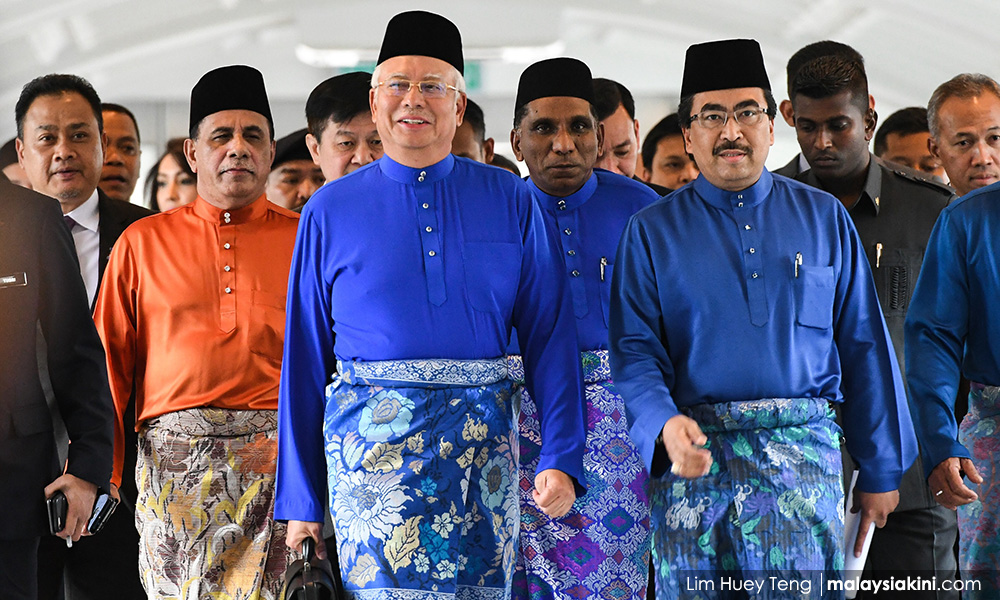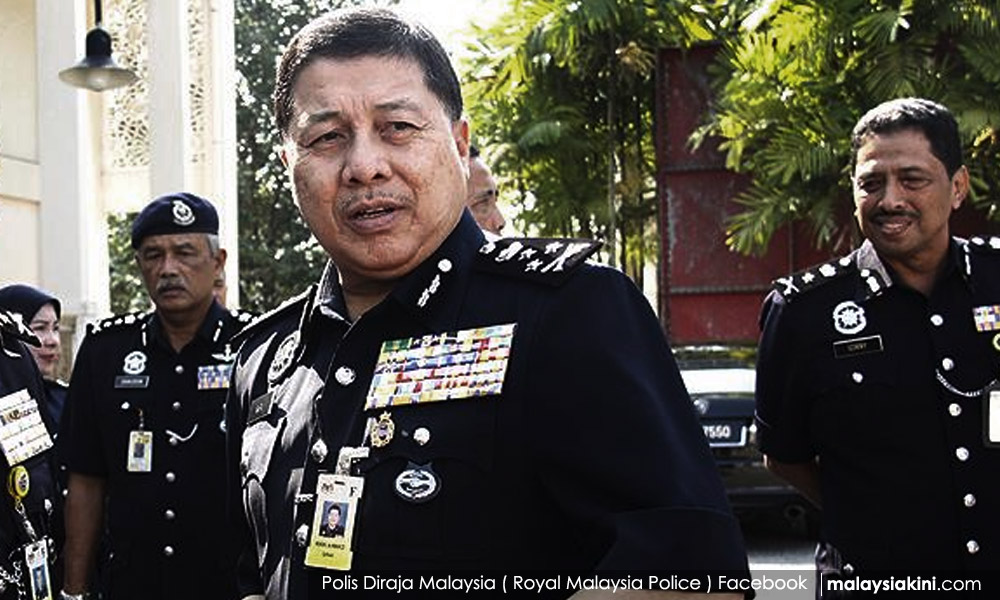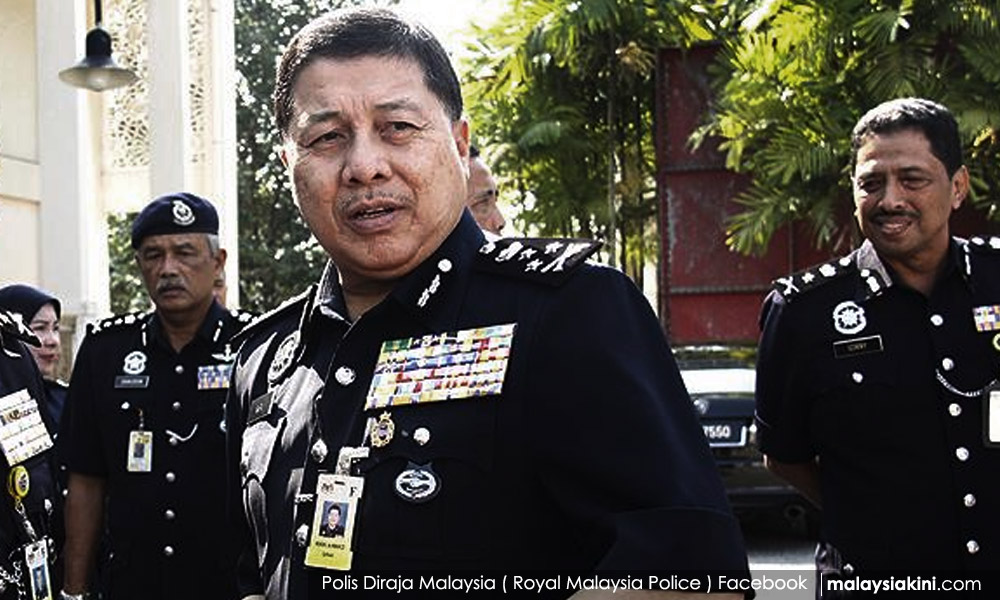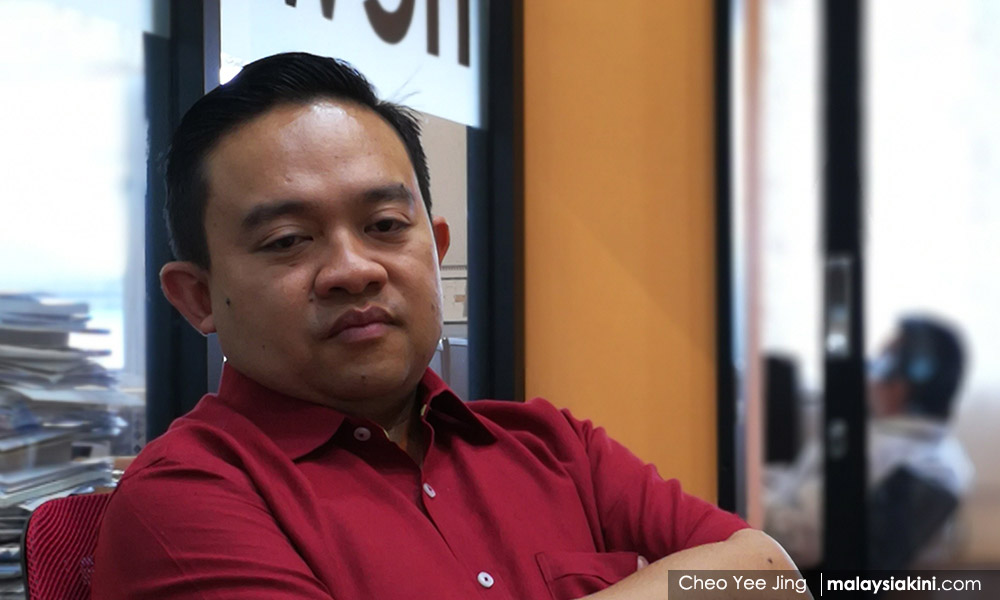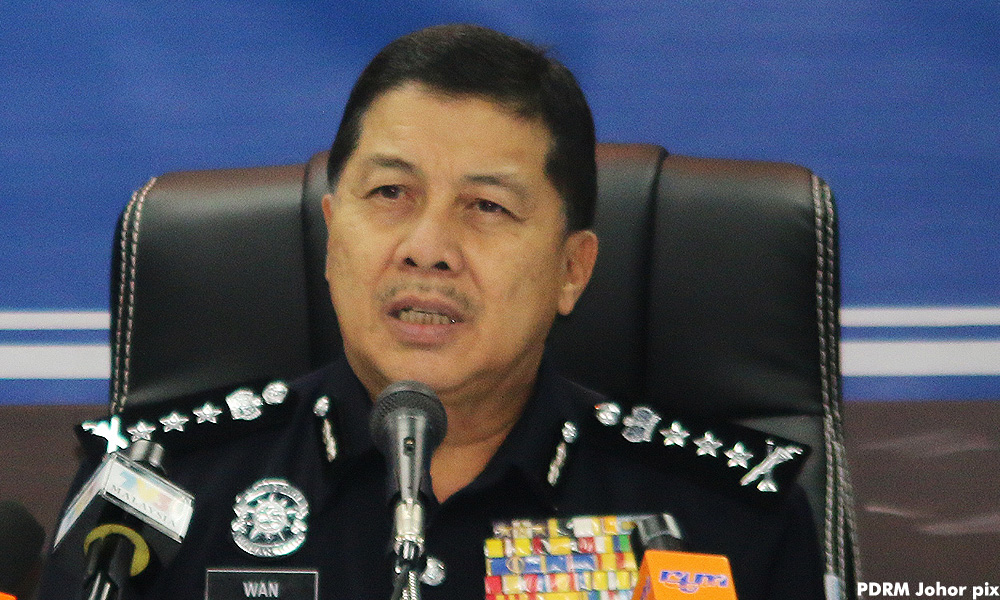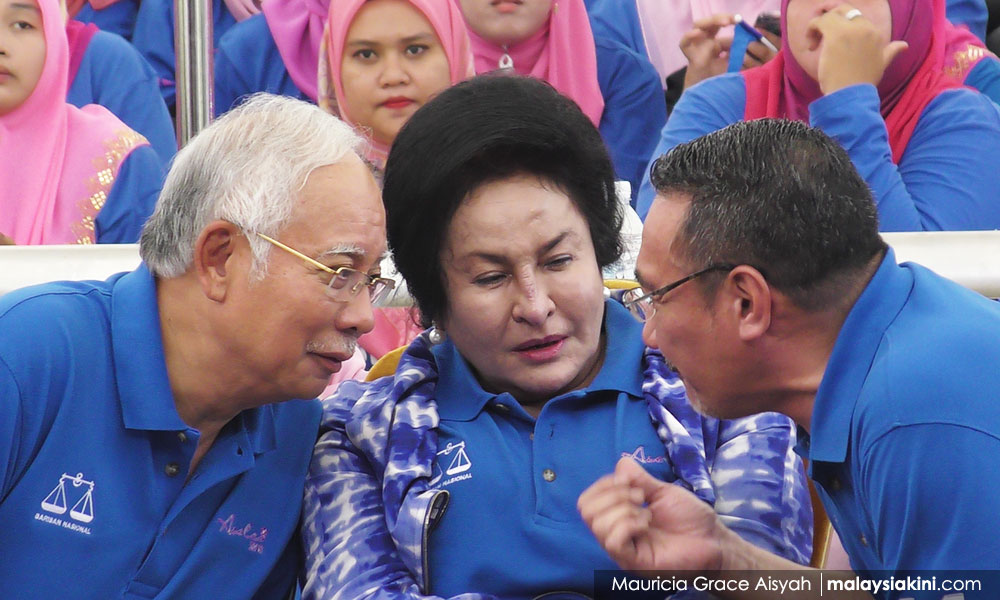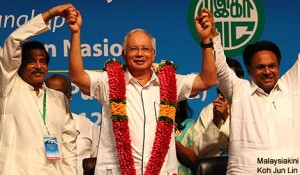 -S.Thayaparan, December 12, 12.
-S.Thayaparan, December 12, 12.“……of the 900,000 Indian voters, less than half are with the MIC” – G Palanivel (‘Has awkward MIC thrown in the towel?’ – The Malay Mail)
COMMENT Now, when former MIC strongman S Samy Vellu has admitted that during his tenure as party president, in those “closed doors, let’s keep it in the (BN) family consensus building meetings”, the MIC had no voice whatsoever, it is pointless kicking a running dog, so to speak.
With the general elections perpetually round the corner, BN (race-based) component parties have been scrambling to find relevance in the face of Umno domination and an alternative front which has been very successful in propagating its multicultural/religious message.
 While the MCA has a record of accomplishment to fall back on (even though one may disagree with the achievements and agendas of said record), the same cannot be said of the MIC. The political party is testament to the fact that the Indian community (or at least a sizeable disenfranchised section) is estranged from mainstream politics because the MIC has been derelict (I would argue criminally so) in its duties.
While the MCA has a record of accomplishment to fall back on (even though one may disagree with the achievements and agendas of said record), the same cannot be said of the MIC. The political party is testament to the fact that the Indian community (or at least a sizeable disenfranchised section) is estranged from mainstream politics because the MIC has been derelict (I would argue criminally so) in its duties.
I could not be bothered to recite a litany of the MIC’s corrosive machinations on the Indian community. As a long-time pre-Pakatan Rakyat ‘opposition supporter’, I think political parties like the DAP and PSM have done far more for the Indian community than the MIC ever has (and recognising the state of the Indian community, but sadly, this did not amount to much in the long run).
In this post-2008 tsunami era, Hindraf and elements within Pakatan have shown that there is an alternative to an established race-based party, when it comes to the communal expectations of the Indian community.
Well, let me be clear. So long as Hindraf (through the Human Rights Party) assumes an anti-establishment stance, galvanising certain elements within Pakatan, there could be an alternative to an established race-based party, when it comes to the communal expectations of the Indian community.
MIC and Perkasa
To understand Hindraf’s influence in the Indian community and the fear it raises in this appeaser organisation, all you have to do is listen to the speeches by MIC president G Palanivel. When he rambles on with something like this, “We may be vocal at times, but it is really because we love this country and want it to be the best it can be,” he sure as hell is not talking about the MIC.
These “vocal” Indians are Hindraf and members of the opposition alliance. When has the MIC ever been vocal about the ‘interests’ of the Indian community beyond making perfunctory squeaks to show that they exist?
Moreover, when he goes on about ‘affirmative action programmes’ that have benefitted the Malay community that could be used for the Indian community, he is ripping out whole pages from the Hindraf playbook.
Furthermore, this whole issue of ‘stateless Indians’ which should also encompass ‘displaced Indians’ has come about only because Hindraf has been screaming about this for years and the opposition coalition has reacted in a positive manner. Think about it. Hindraf has been the catalyst for any movement when it comes to addressing ‘Indian issues’ for the political alliances in this country.
 This is where Pakatan and opposition leader Anwar Ibrahim have been very politically perceptive in dealing with Hindraf. The recent announcement by Hindraf chief P Waythamoorthy (left in photo) that Anwar has agreed in principle and will sign Hindraf’s five-year blueprint is probably the fatal blow to the MIC.
This is where Pakatan and opposition leader Anwar Ibrahim have been very politically perceptive in dealing with Hindraf. The recent announcement by Hindraf chief P Waythamoorthy (left in photo) that Anwar has agreed in principle and will sign Hindraf’s five-year blueprint is probably the fatal blow to the MIC.
However the decline of the MIC (and hopefully not in the “rumours of my demise have been greatly exaggerated” kind of way) has finally drawn a line in the sand of the simmering class tensions that have existed in the Indian community for some time. This should not be confused with the ‘caste’ tensions that have been a permanent fixture in MIC politics.
The strategy employed by the MCA and MIC in reclaiming their lost share of voters and holding up their end of the racial bargain has been markedly different. Whereas the MCA has either embroiled itself in a shadow play show of defiance towards Umno, (where Umno remains silent on MCA attacks on its supremacist ideology or blusters using its outsourced thugs) or zeroed in on the “Islamic” agenda of PAS, the MIC seems to have reverted to extreme sycophancy as a means of political survival.
 A good example of this is MP P Kamalanathan (Hulu Selangor) (right in photo) who during the course of the hotly contested Hulu Selangor seat justified the existence of right-wing pressure group Perkasa as a natural extension of communal politics and that the group was merely looking after the interests of the Malay community, much like the MIC was for the Indian community.
A good example of this is MP P Kamalanathan (Hulu Selangor) (right in photo) who during the course of the hotly contested Hulu Selangor seat justified the existence of right-wing pressure group Perkasa as a natural extension of communal politics and that the group was merely looking after the interests of the Malay community, much like the MIC was for the Indian community.
Helen Ang, one of the more (if not the most) insightful observers of the Indian experience in this country, dissects Kamalanathan’s stance in ‘Why MIC Hulu Selangor candidate defends Perkasa?’ and succinctly ends her piece by alluding to the ‘mandore’ underpinnings of the MIC.
“Kamal’s defence of this ultra-movement is untenable but not unexpected as after all, this is a candidate who said that he would “take back the federal seat and deliver it to Prime Minister Najib Razak as gift for his first year in office? Like a housecat dragging in an offering of a captured mouse,” writes Helen in conclusion.
Common DNA
However, what I would argue is that the MIC and Perkasa share common DNA when it comes to their role in race politics in this country. Whereas Perkasa reflects its reactionary hostility towards perceived slights outwards against other communities, the MIC turns it wrath inwards towards its own community.
In other words, the MIC over the long Umno watch became the Indian communities’ own little Perkasa nightmare in terms of a bullying force whose sole agenda was to keep everyone in line.
Just as Perkasa’s role is to maintain the hegemony of Umno elites through the devices of race and religion, the MIC, suppressed internal dissent and any hope of evolutionary change through the perpetuation of caste politics and a culture of vulgar cronyism and sycophancy to maintain the rule of a chosen few, who seemed to revel in their ‘house negro’ status within the BN.
 Both entities savoured the thug approach to politics. The recent history of the MIC is replete with far too many examples where brawn was favoured over rational dialogue. By its own admission, the MIC welcomes ‘reformed’ criminals and to say nothing of the well-documented rumours of the intersection of the criminal underworld and the plum political positions within the MIC.
Both entities savoured the thug approach to politics. The recent history of the MIC is replete with far too many examples where brawn was favoured over rational dialogue. By its own admission, the MIC welcomes ‘reformed’ criminals and to say nothing of the well-documented rumours of the intersection of the criminal underworld and the plum political positions within the MIC.
As a long-time former MIC politico tells me, all of this would mean nothing if the Indian community benefitted from the corruption within the MIC. He goes on to say “the MIC representing the smallest ethnic group in this country should have had a fair easier time … what is the word again … ‘uplifting’ the community with the ‘goodies’ thrown our way. But our masters knew the greed of their servants, and they knew damn well the money was not going where it was supposed to go”.
This brings us back to the ‘class’ reality of a post-MIC era. These days the more I read on ‘Indian’ issues, the more it becomes clear that the class divisions within the Indian community is reflected in the tensions between an ‘Indian’ social and political organisations like Hindraf/Human Rights Party and opposition forces that operate under a multicultural cloak like Pakatan.
MIC’s failure is not one of ‘race’ but one of ‘class’. This should surprise nobody since the noxious fumes of ‘caste’ have always been embedded in ‘class’. There is much to blame Umno for but the reality is that the MIC had a systematic agenda of promulgating a culture of subservience that served not only Umno ends but also more importantly theirs.
The MIC has no excuse for the horrid state that a sizeable section of the Indian community find themselves in. Unlike the MCA, which never allowed its corruption to get in the way of implementing tangible programmes that would ensure a larger slice of the economic pie, the MIC allowed corruption to become the raison d’etre of its existence.
The same can be said of Umno, actually. What it chose to do is define Indian communal expectations in such a way that it was neither necessary nor politically expedient for the Umno machine to fulfill them.
Culture of subservience
This is why an organisation like Hindraf is anathema to the current discourse. They neither pay attention to the culture of subservience that characterised the Indian community nor embrace the ‘multicultural identity’ of oppositional politics.
However, what a Hindraf and Pakatan alliance may create is a new way of recognising and addressing the problems within the Indian community. A discourse which is cognisant of race but which (hopefully) ultimate goal is for a class-based approach. It is also a partnership of equals or at least it is a partnership that has been achieved after an extremely torturous courting phase.
 What this possible agreement/alliance between Pakatan and Hindraf demonstrates is that an Indian-based NGO can negotiate a settlement with a political party making the necessary compromises (if any) on its own trems.
What this possible agreement/alliance between Pakatan and Hindraf demonstrates is that an Indian-based NGO can negotiate a settlement with a political party making the necessary compromises (if any) on its own trems.
And this is important after years of the MIC subservience culture. Now many would find this discomforting. When you have mocked Hindraf as a racist organisation, it is difficult to face the racial reality where compromises need to be made for political survival in an every vote counts environment.
However, what the Indian community needs to do is empower itself and the first way to do this is a rejection of the MIC and to build consensus with parties which could make their (Hindraf’s) aspirations a reality.
Even if this does not work out, at least for the first time, it would have been something that was done on the community’s own terms and not an agenda set out by the appeasers in the MIC.
S THAYAPARAN is Commander (rtd) of the Royal Malaysian Navy.


